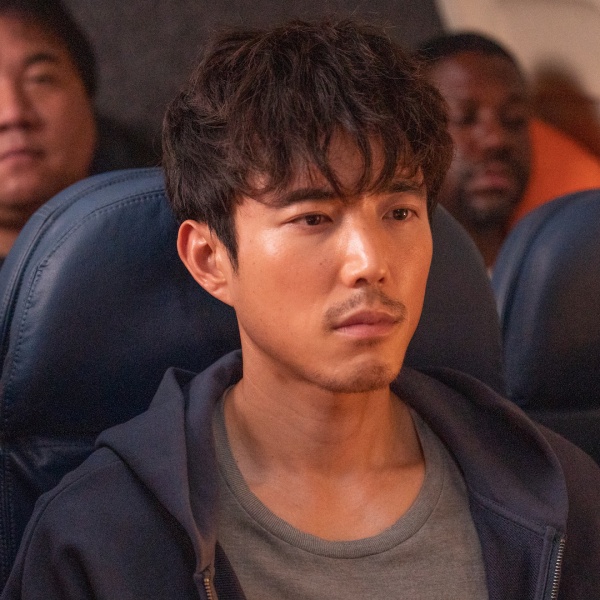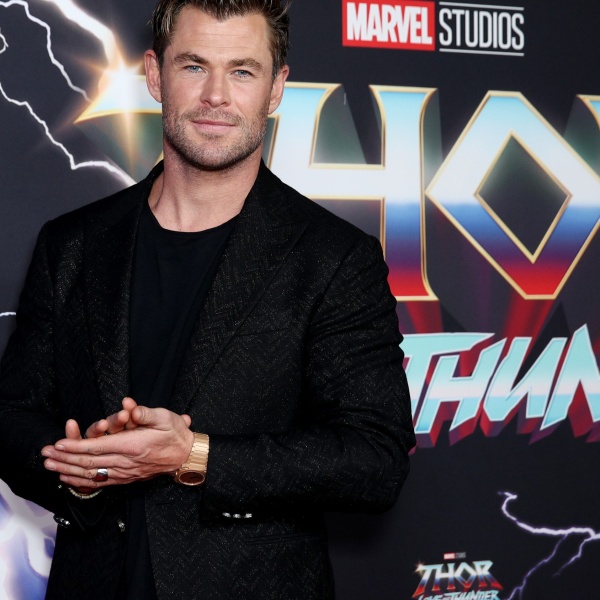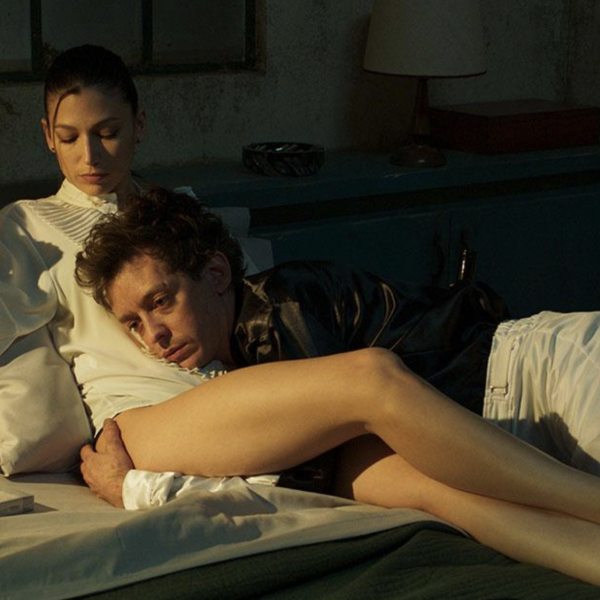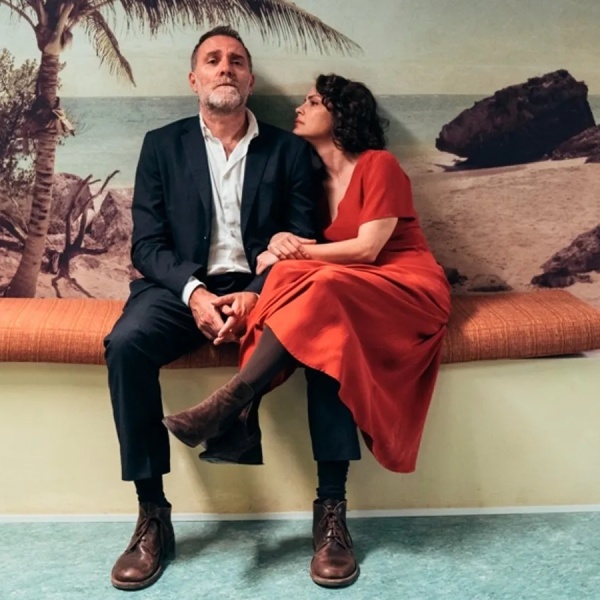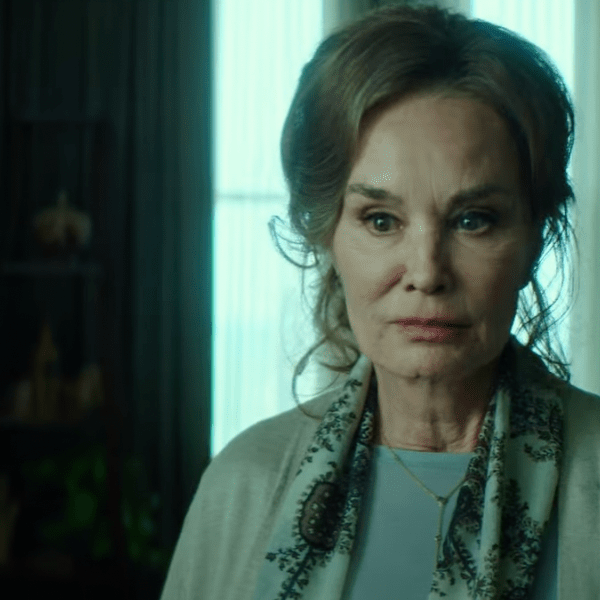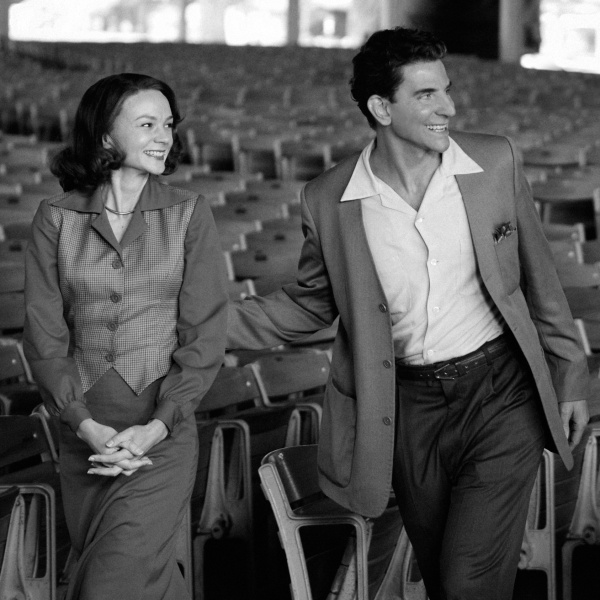Five Things We Learned From The Fast-Rising British Helmer
After claiming awards at Fantastic Fest, Raindance, and IFF Boston for his debut feature, “Down Terrace,” U.K. director Ben Wheatley premiered his follow-up at this year’s SXFantastic to similar adulation, and rave reviews. (Read ours here.) Called “Kill List,” the film takes cues from the “kitchen sink crime drama” framework of “Down Terrace,” but ups the ante considerably, particularly in its deeply deranged third act. The Warp Films production was duly acquired by genre label IFC Midnight for a North American release in early 2012.
Last month we reported on a conversation we had with Wheatley at Empire’s Big Screen event in London, where “Kill List” emerged with plenty of buzz ahead of its domestic debut. (In the interim, it went on to win the Best Film and Best Actor awards at London FrightFest.) Unsurprisingly, Wheatley is a director in demand, and we learned more about his forthcoming projects, the dark comedy “Sightseers,” and Nick Frost vehicle “I, Macrobane,” both produced by Edgar Wright’s associates at Big Talk Pictures.
We recently had another chance to chat with Wheatley in Toronto, where TIFF selected “Kill List” to close its Midnight Madness sidebar. Far more affable than his fearsome films might suggest, the Brighton native shared insights into his “Kill List” inspirations, and shed more light on what he’s got in the works, including a Film4-backed sci-fi pic, which he confirmed will be titled “Freak Shift,” slated for release in 2013.
1. “Kill List” originated in Wheatley’s childhood nightmares, and was written specifically for its featured cast.
At least initially, there is a notable stylistic continuity between “Kill List” and “Down Terrace,” which have been likened to the films of Mike Leigh and Ken Loach, as underworld-focused examples of British social realism. “Kill List,” though, ultimately takes a dramatic detour into genre territory.
“After ‘Down Terrace’ we knew we wanted to make a horror film,” Wheatley explained. “Amy Jump, who’s the co-writer and my wife, we sat down together and we started thrashing it out, and the idea was that we wanted to look at things that actually scared us, that we were afraid of. At lot of it was dreams that I’d had as a kid, like recurring nightmares, and I figured that the dream logic stuff in that – if I was having them again and again as a kid they would be a universal fear, so when we put them back onto the screen people would respond to them. And we had that, people coming out of “Kill List” going, ‘Yeah, these are images that I know from my own memories.’”
If nightmares served as his basic inspiration, the plot of “Kill List” emerged out of what Wheatley saw as the natural dynamics between his chosen actors: “I work quite oddly, where I take a casting point of view, and I go, ‘I like these people’ – I’d worked with all the actors before, so I like Michael Smiley and Neil Maskell and MyAnna Buring – and I ask, ‘How do they fit together?’ I want to make a film with these people, ‘How do they fit?’” He continued, “And then you start to see natural couplings, so you go ‘Oh well it’s obviously Neil and MyAnna as husband and wife, so what do they do?’, and those kind of investigations. And then we start with big images, which was the same thing we did with “Down Terrace,” where a couple of the big images were a pregnant woman stabbing her mother-in-law, a mother singing to her grown child, and things like that.” In the case of “Kill List,” Wheatley’s primary image was of a “cult in the woods,” and he and Jump constructed the final script by working backwards from that concept.
2. Both “Kill List” and “Down Terrace” are socio-political explorations of post-Iraq War Britain.
The comparisons between Wheatley, Leigh, and Loach are based not only the trio’s inclination toward naturalism and improvisation, but also on their evident concern with contemporary socio-political themes. In “Down Terrace,” acts of unjustified violence quickly spiral out of control, mirroring Wheatley’s impression of Britain’s involvement in the Iraq War. “Kill List” develops this notion further.
“‘Down Terrace’ was the movie where the core idea was looking at the legality of war,” he said. “Blair at the time had basically said that the justification for going to war was that they believed the evidence was right, and that it didn’t matter that the evidence was wrong later on because they believed it at the time. And that’s what happens in ‘Down Terrace’; they say ‘Damn the consequences’ because they believe they know the truth, but it’s no justification at all.”
On his follow-up, in which Maskell and Smiley play a pair of PMC soldiers turned contract killers, Wheatley explained, “‘Kill List’ then takes it on further into this idea of soldiers who’ve gone out and been involved in these wars that really didn’t make any sense, and are against the very idea that they signed up for. They were sold an idea of the Second World War, which is a clean, goodies and baddies style war – a white hat and black hat style war – whereas this is not. They come back confused, and then it’s a case of this big lie having already eroded every level of society, and the social contract that everyone had to stop them murdering each other has been slightly damaged, or considerably damaged.”
“[The characters played by Maskell and Smiley] have been in the war, they’ve been soldiers, but then they’ve left the army and been hired by a kind of Blackwater-style organization, and they’ve just taken these very small baby steps, morally, away from being true,” he added. “As soldiers, hired killers for the government, it’s kind of alright, but being hired killers for a corporation is a bit weird, and not quite morally right, and then they eventually become just killers, but they don’t really see how they’ve slipped.”
3. Wheatley employs grisly, graphic violence to subvert the cinematic tradition of stylized brutality.
Like Michael Haneke, Wheatley is a filmmaker who trades in dark subject matter, but is wary of the manner in which cinematic violence is often glamorized. Where Haneke’s violence tends to happen off-screen, Wheatley takes the opposite tack, and confronts his viewers with some truly horrific scenes.
“I find movie violence tends to be quite stylized and quite fetishized, and I wanted to show that if you experience violence in real life, it’s really sickening and horrible,” he said, addressing the graphic nature of “Kill List.” “If you were in a gunfight,” he continued, “it’s not the feeling you have when you watch “Mission Impossible” or something like that. You’d be terrified for your life, sickened by all the murder around you, and just wanting to run away as fast as possible, not join in. I wanted to show that.”
Wheatley ascribed a dual purpose to a particularly torturous scene: “One, it says to the audience, ‘You like hitmen, but this is what they do. How do you like them now?’ It’s that right wing position where you hear people say, responding to a crime, ‘If I got hold of [the perpetrators] I’d kill them.’ And this is what happens, it’s not dressed up. And the other thing is to show the audience that you can’t trust the filmmakers anymore, because if this is how far we’re prepared to go, then from this point on we could go this far again. What that does is, you don’t have to go that far again, but it flavors everything from that point on, so you’re in this kind of state of, ‘Ahhh, don’t do that to me again.’”
4. Wheatley employs comedic actors in dramatic roles as a means to achieve nuanced, naturalistic characterizations.
Wheatley’s TV credits include comedy series “Modern Toss,” “The Wrong Door,” and “Ideal,” and he brought a number of his comic collaborators, including Smiley, Robin Hill, and Julia Deakin, to “Down Terrace.” With “Kill List,” he handed Smiley a starring role opposite Maskell, who had appeared in a several episodes of the “The Wrong Door.” The director credits comedic actors with lending his features many of their naturalistic qualities.
“I think the thing about using comedians and people with comic backgrounds is that, everyday life is quite jolly and funny, and life in general is quite a laugh, and you don’t tend to get that in film, especially in these kinds of movies, and I don’t think that’s very realistic,” he said. “I think people are always laughing and joking and trying to make the best of what’s going on around them, even in the absolute worst situations. The film’s not really a comedy, but it features characters who have a sense of humor, and it’s important to get people who have senses of humor because they can play that stuff. I think between friends – I don’t know about your experience, but with mine – you tease people and you joke, and there’s a rapport and a dialogue, and you’re comfortable enough with them that you can insult them without being upset. And that’s what Michael and Neil brought to the film.”
Indeed, Maskell and Smiley are perhaps the most memorable buddy assassin duo since Quentin Tarantino’s “Pulp Fiction” pairing of Jules Winnfield and Vincent Vega. But where Jules and Vince traded Tarantino’s signature pop-culture repartee, Maskell and Smiley share the convincing banter of lifelong best mates. “The roles were written specifically for them, and I just had a hunch that they would fit together,” said Wheatley of his leads. “I knew both of them, and I knew they were both very smart guys, very thoughtful guys, and there’s no artifice with either of them, so I knew in my gut that they’d get on. And then I introduced them to each other and they were fine, and it was all good.”
5. “I, Macrobane” will shoot when “Sightseers” wraps, with “Freak Shift” to follow in 2013.
Production will begin on “Sightseers” in less than two weeks, and Wheatley describes the film as a comedy “a bit like the ‘Honeymoon Killers,’ but based around camping.” “It’s going to be a lot of improvisation; it’s going to have that same realistic loose feel that the other two movies have, but it’s going to be a lighter tone, so it’s very funny, and it was written by Alice Lowe and Steve Oram, and we’re looking forward to it. Basically for me it’s a cleaning of the palette and a bit of light relief after doing ‘Kill List’.”
Wheatley came onto the project a year ago, but said Lowe and Oram had been developing it with executive producer Edgar Wright for some time. “The guys made a short film and Edgar saw it, and he’s been really championing it, and bringing it along, so I get notes back from him. It’s been great.”
Wheatley hopes to have “Sightseers” cut by Christmas and is aiming for a debut at next year’s SXSW festival, at which point he’ll turn his attention to “I, Macrobane.” He’s completed work on a script and storyboards, and plans to start shooting in April. On working with Nick Frost, Wheatley said, “I think it’s going to have all the things that everyone loves about Nick Frost, and while it’s not ‘Kill List,’ ‘Macrobane’ is quite a crazy film. It’s slightly psychedelic, and it’s odd and very violent, but it’s very funny as well.”
Finally, on his science-fiction project, produced by Film4 and Rook Films, Wheatley confirmed that the film will be titled “Freak Shift,” and that it will be “a cops versus monsters type of thing.” “That’s being storyboarded and we’ve got a development deal, but it’s early days, so we’ve got at least six months of toying with and tweaking it, but that’s hopefully 2013.” — Julian Carrington

